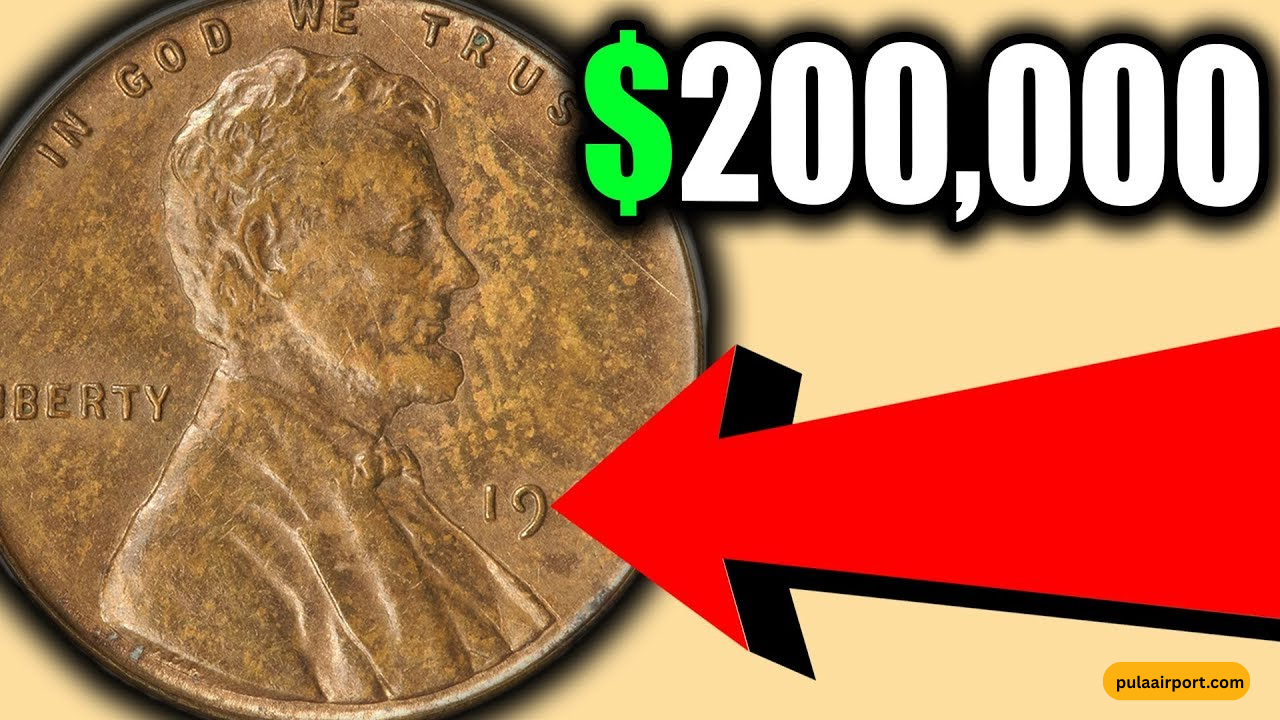In the world of currency, a dollar bill is more than just a medium of exchange—it can be a piece of history, a collector’s item, or even a hidden treasure. Over the years, rare misprints and unique errors on banknotes have captivated collectors, driving prices into the thousands or even millions. In 2025, this trend has exploded, with rare error bills fetching eye-watering prices at auctions and among private collectors. Could your old dollar bills be worth far more than their face value? Let’s explore how a simple mistake can turn an ordinary piece of currency into a goldmine.
The Allure of Misprints
Currency misprints or “errors” occur when there is a mistake during the printing process. These errors can range from minor imperfections like ink smudges to more significant issues like misaligned prints, missing serial numbers, or even mismatched designs. While the U.S. Bureau of Engraving and Printing works tirelessly to ensure the accuracy of every bill that enters circulation, mistakes are inevitable. When these bills make it into public hands, their rarity and uniqueness can increase their value exponentially.
Error bills have been prized by collectors for decades, but what makes 2025 such an interesting year is the astronomical prices these bills are now commanding. For example, a misprinted $100 bill that sold for a few hundred dollars just five years ago is now worth tens of thousands, depending on the error. Some collectors are paying even more for bills with multiple errors or particularly striking misprints.
Common Types of Errors
-
Mismatched Serial Numbers: One of the most common and valuable errors involves mismatched serial numbers. In most cases, a banknote’s serial number is unique and appears on every bill. When the serial numbers on a bill are wrong, or a bill has two of the same serial numbers, collectors often go wild. These types of errors are considered highly desirable and can fetch up to $50,000 or more at auction, depending on the rarity.
-
Double Printed or Misaligned Prints: Another error that draws significant attention involves the printing process itself. Some bills may show multiple impressions of the same image or an offset design. A dollar bill with an image that seems “blurry” or with the portraits slightly misaligned is a rare find. This kind of mistake often increases the bill’s value due to the level of craftsmanship involved and the rarity of such a flaw.
-
Inverted Back or Front: A particularly striking error involves a bill whose front and back images are printed upside down. The rarity of this error can cause an inverted bill to command six figures at auction. This mistake is especially sought after by advanced collectors, who value the distinctiveness and challenge of tracking down such unique pieces.
-
Missing or Overprinted Elements: Occasionally, elements of a bill might be missing entirely, such as a blank area where a portrait or serial number should be. On the flip side, sometimes certain features can be overprinted, creating extra images or markings that shouldn’t be there. These types of errors are often considered extremely rare and highly sought after by collectors.
Why Are These Errors So Valuable?
The value of error bills is driven by scarcity, demand, and the uniqueness of each error. Unlike standard bills, which are mass-produced, misprints are rare by nature. Collectors love them because they represent mistakes that escaped the watchful eyes of printers, making them incredibly scarce. The thrill of finding such a bill is one of the driving forces behind the market for error currency.
Moreover, the historical significance of these errors also adds value. Some bills have errors that can trace back to specific years or production phases, offering a glimpse into the history of currency production. For instance, a 1990s-era bill with a significant printing error may offer collectors insight into the machinery and methods used at the time. These artifacts carry an air of nostalgia, making them not only valuable in monetary terms but also cherished as historical mementos.
Record-Breaking Sales in 2025
In 2025, the market for rare U.S. currency has surged, with some error bills reaching record prices. In one notable auction, a 2017 $100 bill with a double-printed serial number sold for $300,000, far exceeding its original face value. Another example saw a set of bills from 2021 with mismatched serial numbers fetch over $1 million—a jaw-dropping amount for what many would consider “just a piece of paper.”
One of the biggest sales of 2025 involved a 1996 $20 bill that was missing the security thread entirely. This particular bill was purchased for $2.4 million, shattering previous records. The sale not only showcased the immense value that error bills can have but also underscored the growing interest in currency collecting.
What Should You Look For?
If you’re wondering whether your wallet might contain a hidden treasure, it’s worth inspecting your bills for any obvious errors. Look for irregularities in the printing, odd serial numbers, or any misalignment in the design. While finding a multi-million-dollar bill is rare, smaller errors can still bring in significant sums. Even a modest misprint could add a few hundred dollars to the value of your bill.
Collectors often use specialized resources, such as currency error guides and online auction sites, to track trends and determine the value of error bills. If you think you’ve found something valuable, it’s best to have it authenticated by a professional appraiser to get an accurate assessment.
Conclusion
In 2025, the market for rare currency errors is booming, and your dollar bill could be a goldmine waiting to be discovered. Whether it’s a minor printing mistake or a major design error, rare misprints are capturing the imagination of collectors and investors alike. As demand for unique, historical, and scarce currency continues to rise, the potential for making a fortune from a single bill grows ever larger. So, next time you reach for your wallet, take a closer look—your change might just be a valuable collector’s item in disguise.
